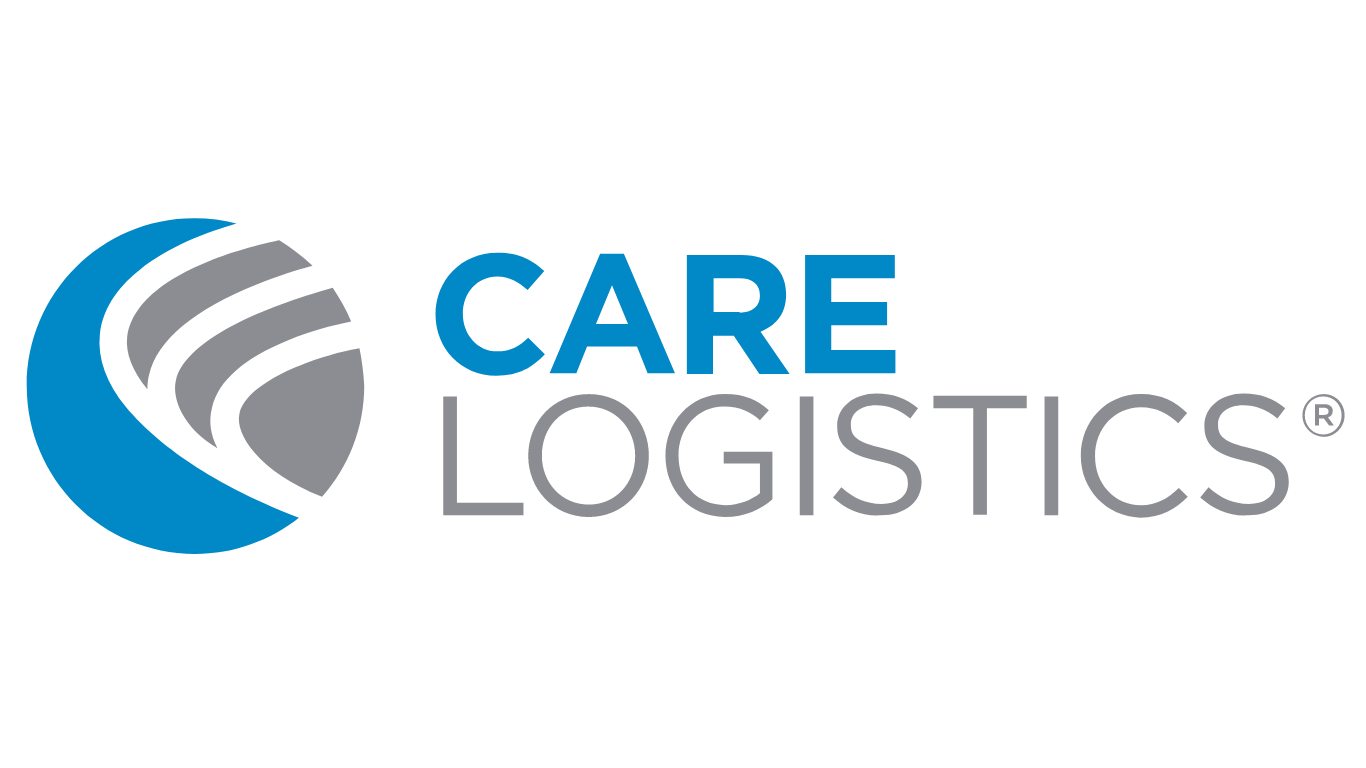Persevering During Crisis
How Grady Health System Thrived While Other Hospitals Merely Survived
The Challenge:
Over the last 10 months, Grady Health System has faced a trifecta of challenges enough to make any hospital executive shudder. On December 7, 2019, fifty thousand gallons of water dumped from the sixth floor of the 674 staffed bed hospital all the way down to the ground floor. In an instant, the hospital was reduced to two-thirds of their normal capacity. Many facilities would have shut their doors, but Grady did not have that luxury. As one of the nation's largest safety net hospitals, Grady provides such crucial services as trauma, burn, and stroke care to Atlanta, the surrounding communities, and beyond.
#1:
They shut the ED doors for one week in order to redistribute 200+ patients displaced by the flood to new beds, transfer some patients to other hospitals, and discharge those patients who were medically ready to go home so they could open up more beds.
#2
Before Grady could re-open the 220 closed beds from the flood in December 2019, potential disaster struck yet again in early 2020 with the COVID-19 pandemic. In addition to having a large number of COVID patients, those patients were averaging a long 11-12 day stay in the hospital.
#3
On top of the flood and the COVID-19 crisis, Grady also experienced an increase of 25-30% in trauma cases due to a significant uptick in violence in the Atlanta area.
What They Needed:
With a drastic and sudden decrease in available beds, a huge increase in trauma cases, and unpredictability brought on by COVID-19, it was crucial that the Grady team had visibility to both available beds and patient location. It was also important to free up beds in order to admit additional patients.
Fortunately, these potential disasters occurred just as Grady was going live with their new operational care coordination center process and technology in partnership with Care Logistics.
The Solution:
Grady's operational care coordination center hub became the "central nerve center" for dealing with the multi-crisis situation. Among the first steps Grady took was the development of new, dedicated COVID-19 units which enabled them to quickly and safely admit patients directly to isolation units. Normally, this would have presented a huge logistical challenge to Grady. However, with increased, real-time visibility to beds, patient location, and status, they were able to place COVID patients quickly. This enabled them to protect both uninfected patients and their staff from exposure. They also were able to limit general traffic through the dedicated units.
Seamless Coordination:
Working closely in coordination with the hub, clinical care coordinators (C3s) out on the nursing unit were able to take advantage of strong bi-directional communication with the hub to ensure that patients who were safe to discharge home were discharged on time.
Patient Progression Processes:
By implementing daily barrier escalation huddles and patient progression processes on the units, patients advanced toward their length of stay goals timely and effectively.
Operational Rounding:
Executives and senior leadership were also highly engaged during this time. Grady had recently implemented an Operational Rounding process which aligned their leadership with the front-line staff around improvement in the three key focus areas of Patient Experience, Quality/Safety, and LOS/Patient Progression.
Continuing Progress:
They understood the importance of continuing their improvements in the face of the pandemic. Keeping the senior leadership engaged with the frontline staff enabled their organization to keep the lines of communication open.
Expanding Efforts:
Efforts were not limited to within the walls of the hospital either. Grady set up a regional referral center in partnership with the State of Georgia in order to route and re-route patients based on capacity. The regional referral center was tightly coordinated with Grady's care coordination hub.
Performance Highlights:
Safe Patients and Staff
Thanks to the coordination efforts of Grady's hub and their constant coordination with nursing units, transport, and diagnostic areas, the hospital experienced very little infection of staff.
Length of Stay Improvements
Grady drastically reduced the number of long-stay patients (40+ days in the hospital) from an average of 50-60 per day to around 20 per day. They were able to remove discharge and other progression barriers to a point where many of these patients no longer required hospitalization. At the same time, the overall length of stay for patients in the hospital less than 30 days dropped significantly, opening up beds that were much needed for new patients. All of this happened in spite of the fact that the average COVID-19 patient was staying longer than most patients.
A Better Patient Experience in the ED
In the middle of multi-crisis situation is not when most hospitals would expect to achieve some of their best performance in their Emergency Department. However, Grady was able to reach their lowest ED boarding times ever and their highest patient experience scores in history.
“We were fortunate to have the right processes and tools to take on the extreme logistical challenges we faced during a multi-crisis situation. We couldn’t have done this without our care coordination hub and our
partners at Care Logistics.”
— Robert Jansen, MD - Chief Medical Officer / Chief of Staff at Grady Health System
What’s Next?
While the physicians have been engaged in the process from the beginning, they continue to become even more so. Physicians are highly involved in daily status huddles out on the nursing units. Residents are very engaged in daily escalation huddles where barriers to patient progression are actively removed so that patients can progress to their next care setting in a safe and timely manner. Over the next several months, physicians will refine patient progression for the organization as they help drive the creation of patient progression plans for a variety of patient conditions.




